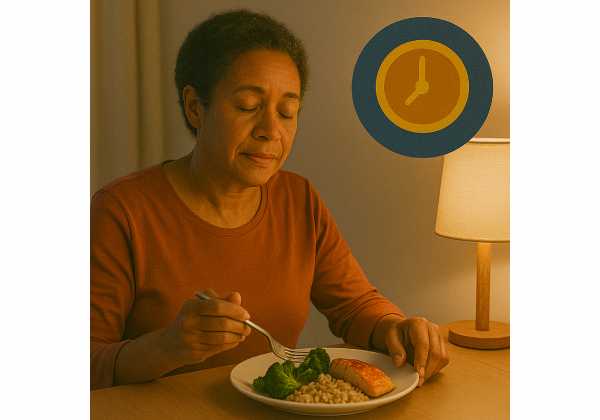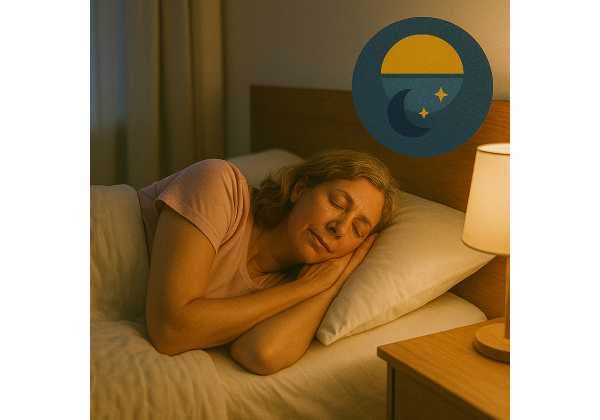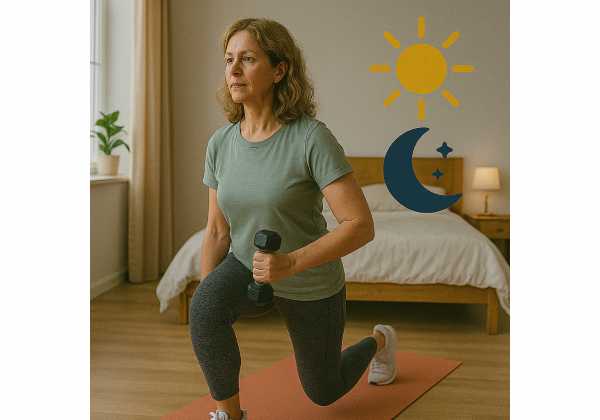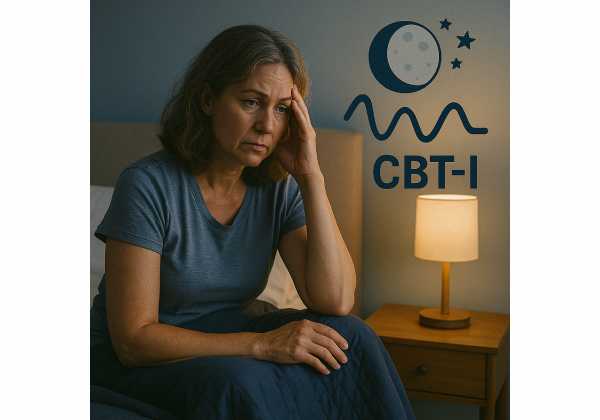Sulforaphane for Longevity: NRF2 Activation and Cellular Defense
Sulforaphane—the isothiocyanate released when we crush or chew certain cruciferous vegetables—turns on the body’s internal defense programs. By activating NRF2, a master switch for antioxidant and detox genes, it raises our cells’ capacity to neutralize reactive byproducts, repair damage, and clear environmental pollutants. Interest in healthy aging has focused on this indirect, signal-based approach: instead of supplying antioxidants from...
Taurine and Aging: Potential Benefits, Limits, and Research Gaps
Taurine has moved from a footnote on energy drink labels to a leading candidate in longevity conversations. As a conditionally essential amino acid found in the brain, heart, and skeletal muscle, taurine participates in osmoregulation, bile acid conjugation, mitochondrial function, and calcium handling. Interest surged after animal data linked age-related declines in taurine to markers of aging biology. Yet...
TUDCA for Healthy Aging: Cellular Stress and Mitochondrial Support
TUDCA (tauroursodeoxycholic acid) is a bile acid derivative with a rare combination: it behaves like a chemical chaperone that dampens endoplasmic reticulum (ER) stress, and it intersects with mitochondrial quality control. Those two levers—protein folding and energy resilience—matter in aging because they influence inflammation, insulin signaling, and cell survival. Interest in TUDCA has grown as researchers map how misfolded...
Urolithin A for Healthy Aging: Mitochondrial Health and Muscle Function
Urolithin A has become a leading example of how targeted nutrition can interact with core aging biology. It is a postbiotic—made by your gut microbes from polyphenols in foods like pomegranate and walnuts—that signals cells to recycle worn-out mitochondria through mitophagy. This matters because older muscle often works with fewer, less efficient mitochondria, which drags down endurance, strength, and...
Vitamin C for Healthy Aging: Collagen Turnover and Antioxidant Support
Vitamin C sits at the intersection of structure and defense. As a required cofactor for enzymes that stabilize collagen, it supports tendons, ligaments, cartilage, and skin—tissues that define how we move and how we age. As a water-soluble antioxidant and redox cofactor, it also helps recycle other antioxidants and tempers oxidative stress that rises with chronic disease, inactivity, and...
Vitamin D and K2 for Aging: Bone and Cardiovascular Health
Vitamins D and K2 sit at the center of a simple but powerful idea: move calcium to the right places and keep it out of the wrong ones. Vitamin D supports intestinal absorption of calcium and phosphate and helps maintain muscle performance. Vitamin K2 activates proteins that guide calcium into bone and away from arteries. Both pathways change with...
Zinc for Healthy Aging: Immunity, Hormones, and Dosing
Aging reshapes how our bodies use micronutrients. Zinc stands out because it touches so many systems at once: immune surveillance, skin and mucosal repair, sex hormone regulation, taste and smell, and insulin signaling. Even mild, chronic insufficiency can show up as more frequent infections, slower wound healing, reduced appetite, or changes in smell and taste. Yet zinc is also...
Blue Light at Night and Aging: Screen Hygiene That Actually Works
Modern life asks us to stay connected long after sunset, but biology still runs on a 24-hour clock tuned by light and darkness. After decades of research, one conclusion is clear: the kind of light you see in the evening—its brightness, color, and duration—shifts your circadian timing, suppresses melatonin, and pushes sleep later. That shift is small on any...
Breathwork for Sleep and Stress: 4-7-8, Box Breathing, and HRV Biofeedback
Sleep quality often slips in midlife just as stress loads rise. Breathwork gives you a lever you control in minutes, without equipment or side effects. Proper pacing, gentle mechanics, and short daily sessions can lower physiological arousal, settle a racing mind, and nudge your nervous system toward recovery. This guide explains why slow, structured breathing works, then translates the...
Caffeine, Alcohol, and Late Meals: Timing Rules for Sleep and Longevity
Good sleep is not only about bedrooms and bedtime rituals. It is also about when you consume stimulants, sedatives, and calories. Caffeine can linger for hours, alcohol reshapes sleep architecture, and late meals push digestion into the time your brain wants to recover. In midlife, when sleep becomes lighter and more fragmented, a few clear timing rules can restore...
Chrononutrition and Sleep: Meal Timing for Healthy Aging
What you eat matters—but when you eat can decide how well you sleep and how you feel the next day. Chrononutrition aligns meals with the body’s internal clocks so digestion, hormones, and brain rhythms work together. Late, heavy dinners can push your temperature and glucose up when your brain wants to cool down and recover; erratic meal timing can...
Circadian Rhythm and Healthy Aging: Resetting Your Body Clock
A reliable body clock is one of the simplest levers for better sleep, steadier energy, and long-term health. As we age, circadian signals can weaken: mornings feel sluggish, nights run later, and sleep fragments more easily. The fix is not complicated, but it does require intention. You need stronger daytime cues and gentler nights, anchored by a fixed wake...
Exercise Timing and Sleep in Midlife: Morning vs Evening for Recovery
Midlife brings competing demands: heavier workloads, family duties, and bodies that recover more slowly. Training still delivers huge benefits, but when you train changes how you sleep and bounce back. Morning sessions can reinforce a stable body clock; evening sessions can fit busy schedules and relieve stress—if you cool down and dim the night properly. This guide translates research...
HRV and Longevity: What Heart Rate Variability Says About Recovery
Heart rate variability (HRV) is one of the clearest windows into how well your nervous system adapts to daily stress. It captures the tiny differences between successive heartbeats—changes that reflect the tug-of-war between the calming parasympathetic branch and the mobilizing sympathetic branch of your autonomic nervous system. In midlife and beyond, HRV trends tell you if your recovery practices...
Insomnia in Midlife and Healthy Aging: A Practical CBT-I Guide
Sleeplessness in midlife can creep in quietly—more nighttime awakenings, earlier alarms from your brain, and a cycle of worry that drains energy the next day. Cognitive Behavioral Therapy for Insomnia (CBT-I) is the most evidence-backed, skills-based approach to break that pattern. It rebuilds the link between bed and sleep, recalibrates sleep pressure with a time-limited “sleep window,” and updates...
Magnesium, Glycine, and L-theanine for Sleep in Aging: What Works
Aging changes how we fall asleep, stay asleep, and feel the next day. Many readers want options that are practical and gentle. Three nutrients—magnesium, glycine, and L-theanine—are frequently discussed because they influence physiology that underpins calm and sleep: GABA signaling, glutamate modulation, and thermoregulation. This guide focuses on what they actually do, who benefits most in midlife and older...




















